The world of education changes rapidly as it adjusts to technological advances and changes within pedagogy. It’s important for parents to stay informed about these changes to better understand how they can support their child. We take a look at 19 emerging trends in education that could impact your child’s success:
Personalized Learning

Personalized learning tailors lessons to the needs and strengths of individual students, allowing them to learn at their own pace and in ways that resonate best with them. By focusing on a child’s unique strengths and challenges, personized learning helps improve engagement and mastery of subjects.
Artificial Intelligence in the Classroom

AI is being used to enhance learning by providing instant feedback, offering personalized tutoring and adapting lessons to tailor to each student’s needs. AI can assist teachers with administrative tasks so they have more time to focus more on teaching.
STEAM Education (Science, Technology, Engineering, Arts, Math)
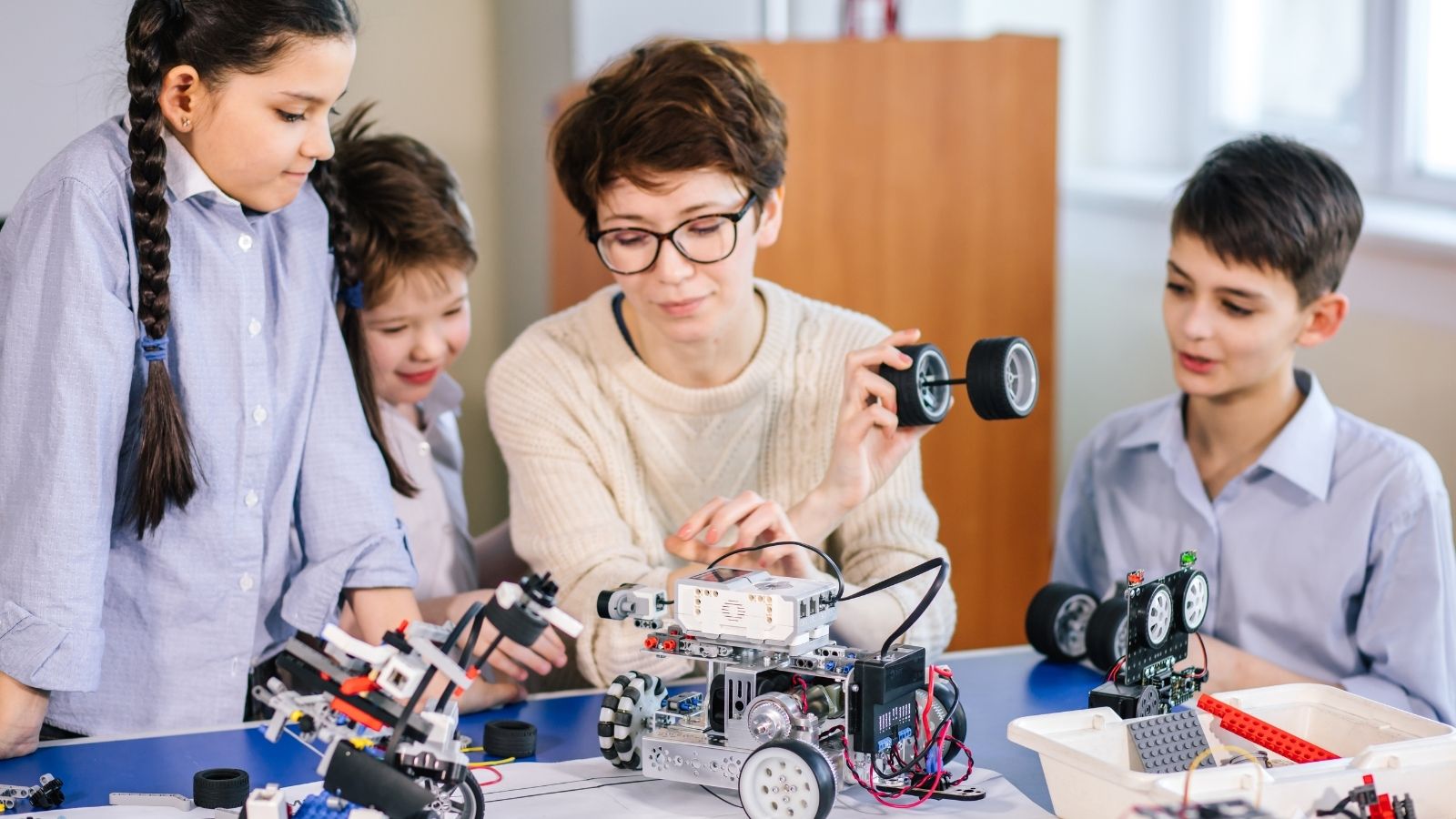
STEAM education, which incorporates the arts into traditional STEM subjects, fosters creativity alongside technical skills. This balanced approach is entering mainstream education as it prepares students for a broader range of careers by encouraging innovation and creative problem-solving.
Experiential Learning

Experiential learning focuses on learning through doing and is becoming a popular technique in education at all ages. When students can be “hands on”, for example experimenting in science or carrying out placements, they can solve real-world problems and deepen their critical thinking skills.
Cultural Awareness
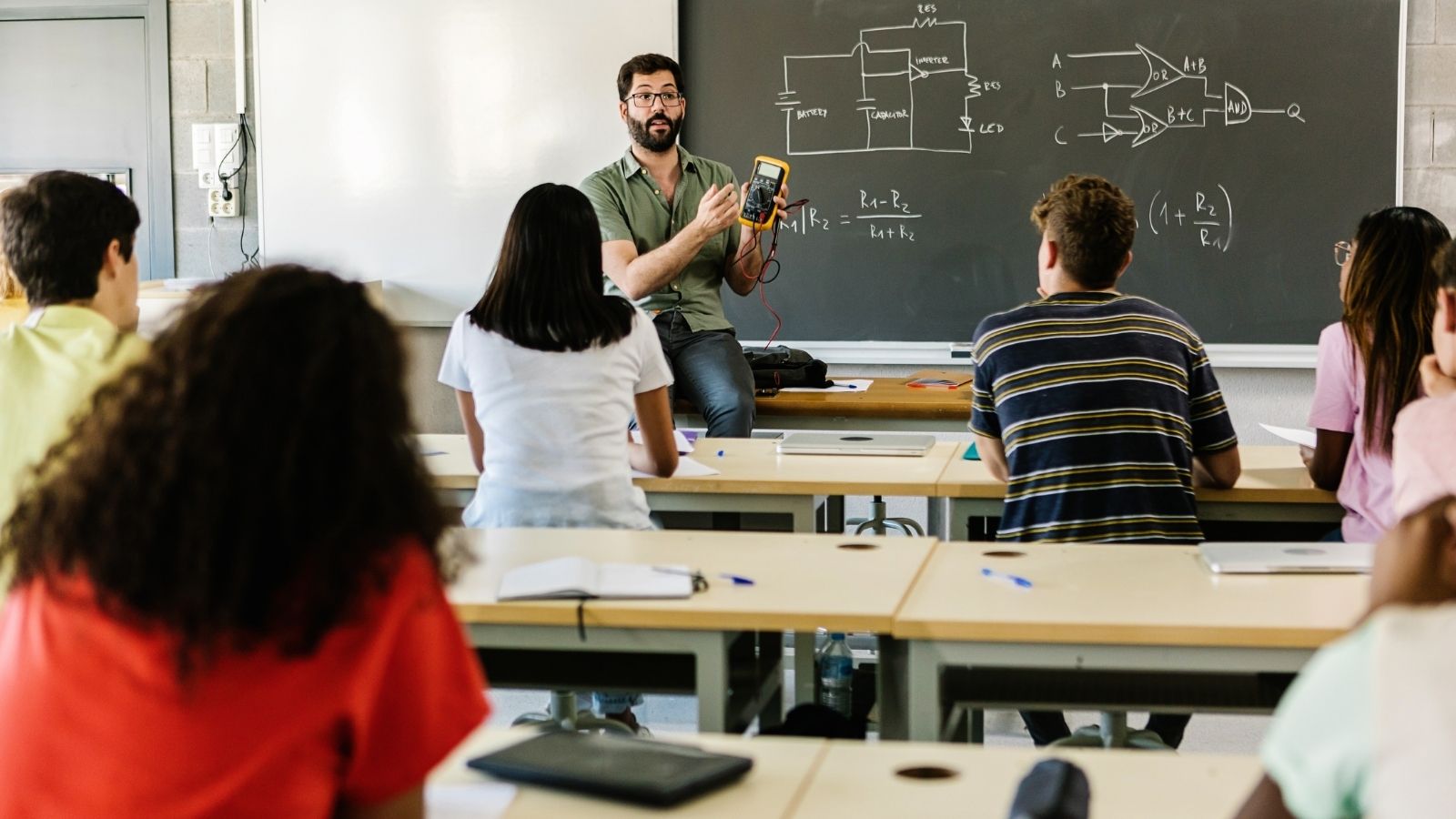
Technology allows students to connect with peers worldwide, allowing insight into different cultures and learning styles.. Programs like virtual exchanges and international collaborative projects help students gain insight into world opportunities that they may pursue when they graduate.
Social-Emotional Learning (SEL)

The goal of SEL programs is to assist students in gaining skills like emotional control, empathy and resilience. This approach to learning allows schools to promote mental health, lessen bullying and prepare kids for future relationship issues both in school and at home.
Focus on Digital Literacy and Cyber Safety
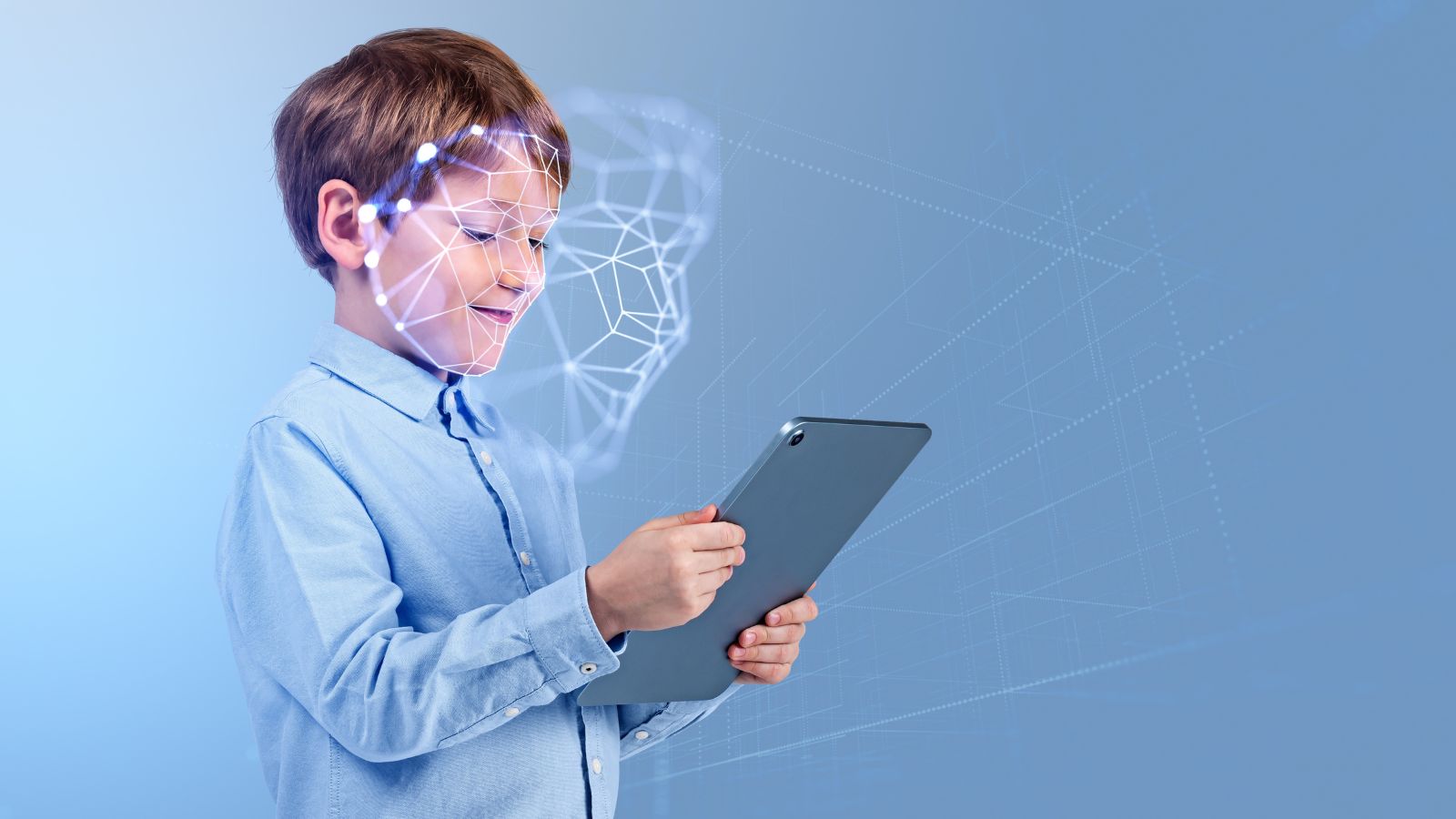
As technology use increases, schools are teaching digital literacy and cyber safety to ensure that students can navigate the online world responsibly. These skills are crucial for helping students evaluate online information, avoid cyber threats and communicate effectively in digital environments.
Increased Use of Gamification

Gamification incorporates game-like elements such as rewards, badges and leaderboards into education. This strategy can make learning more engaging and motivate students by introducing competition and rewards for achievement.
Environmental Education and Sustainability

As climate change becomes increasingly important, schools are adding environmental education into their curriculum. Teaching students about environmental responsibility fosters a sense of stewardship and encourages younger generations to take initiative to protect the planet.
Hybrid and Blended Learning Models
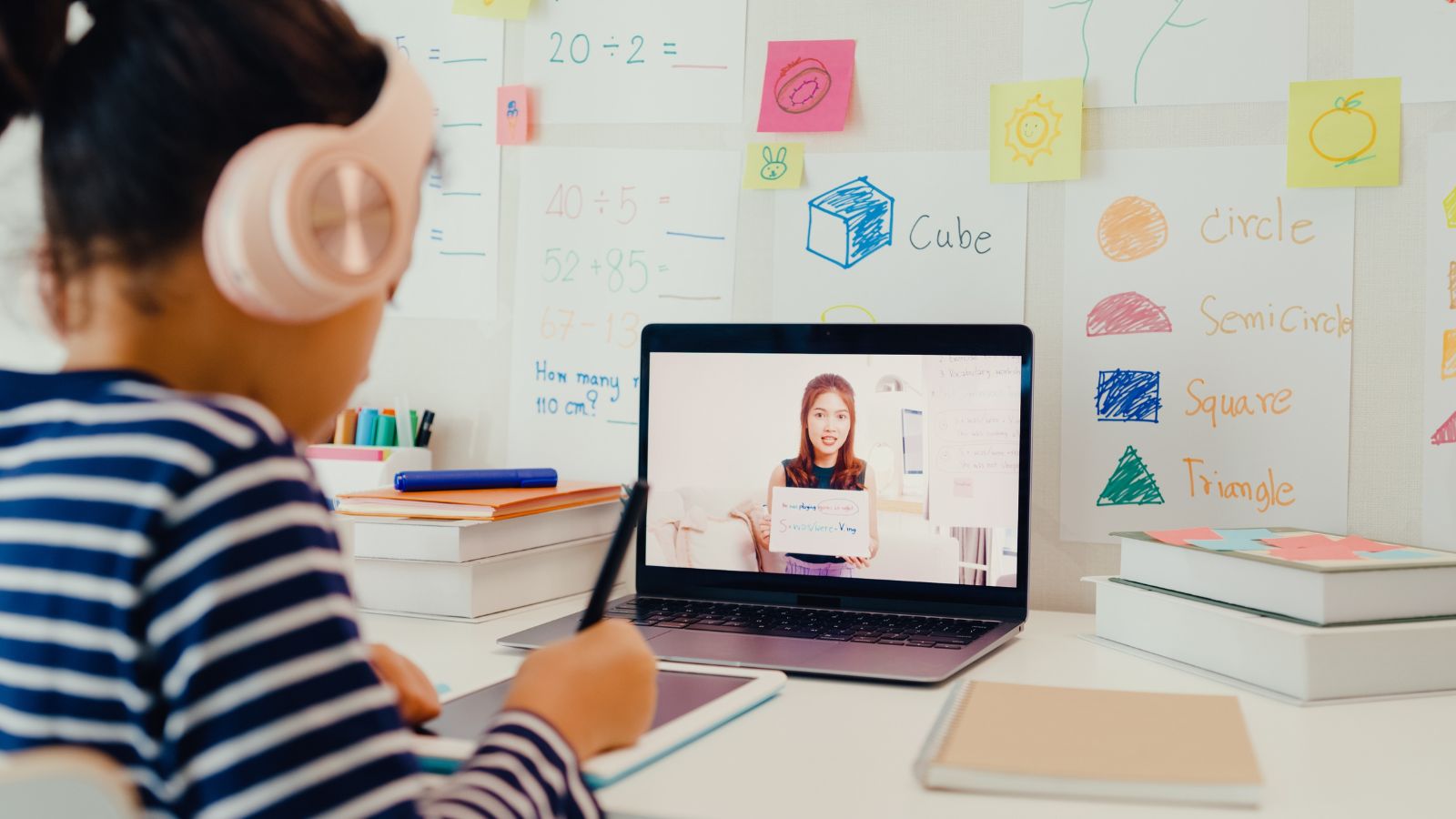
The COVID-19 pandemic accelerated the adoption of hybrid and blended learning, which combines in-person and online instruction. This flexible approach allows for personalized learning paths and can be more adaptable to different learning styles.
Reward System Changes

Micro-credentials and digital badges provide students with certification in specific skills or achievements, allowing them to become more competitive in the job market. These rewards and accolades showcase skills in specific fields rather than having a generic high-school resume.
Competency-Based Education
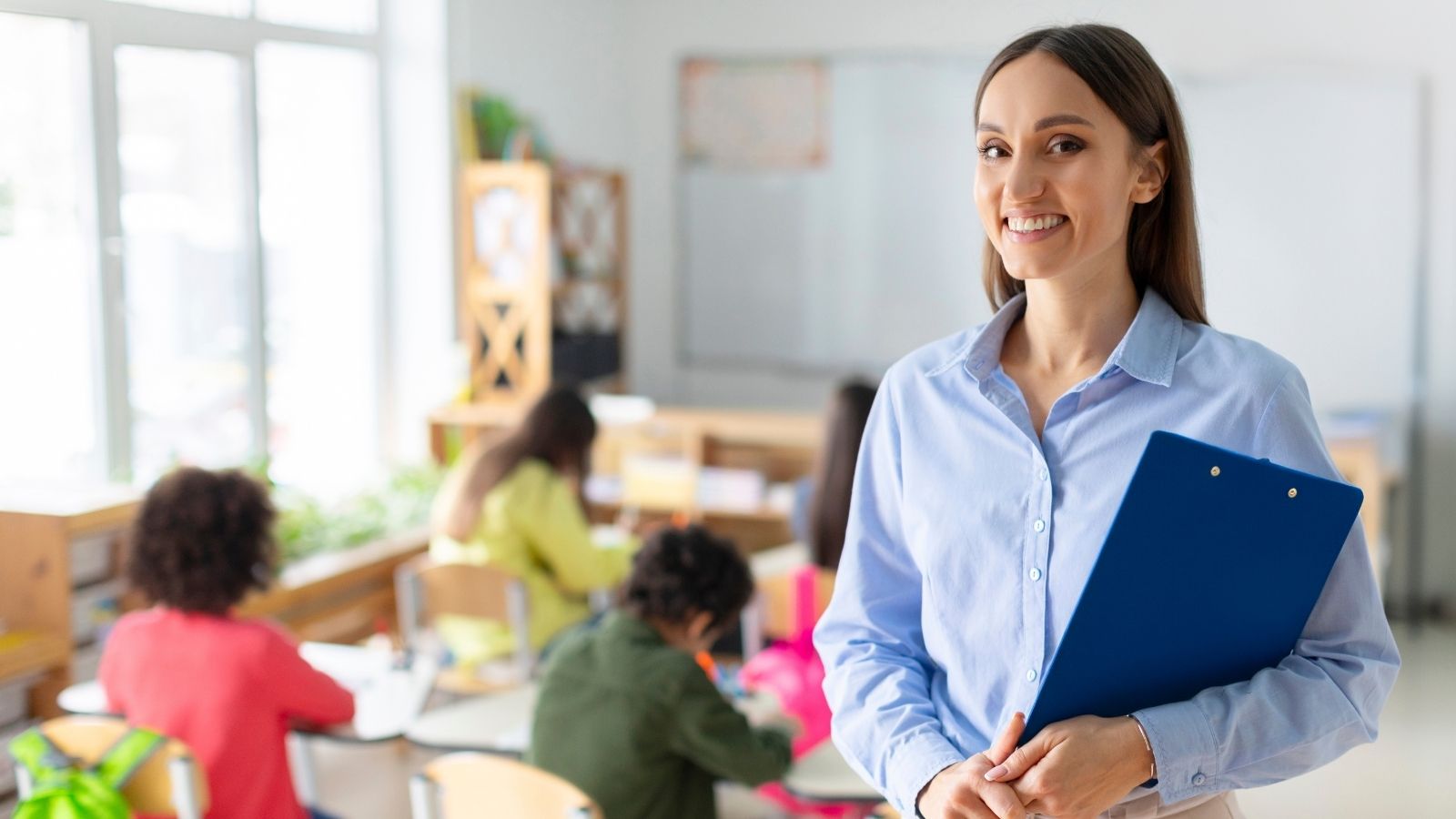
Competency-based education shifts the focus from time spent in the classroom to actual skill mastery. By proving their proficiency in each topic, students are able to advance, giving those who perform well more time and allowing those who require it more.
Mindfulness and Stress Management Programs

To address rising levels of stress and anxiety among students, many schools are incorporating mindfulness and stress management programs. These initiatives teach students techniques to manage stress, improve focus and foster emotional resilience.
Coding and Computational Thinking
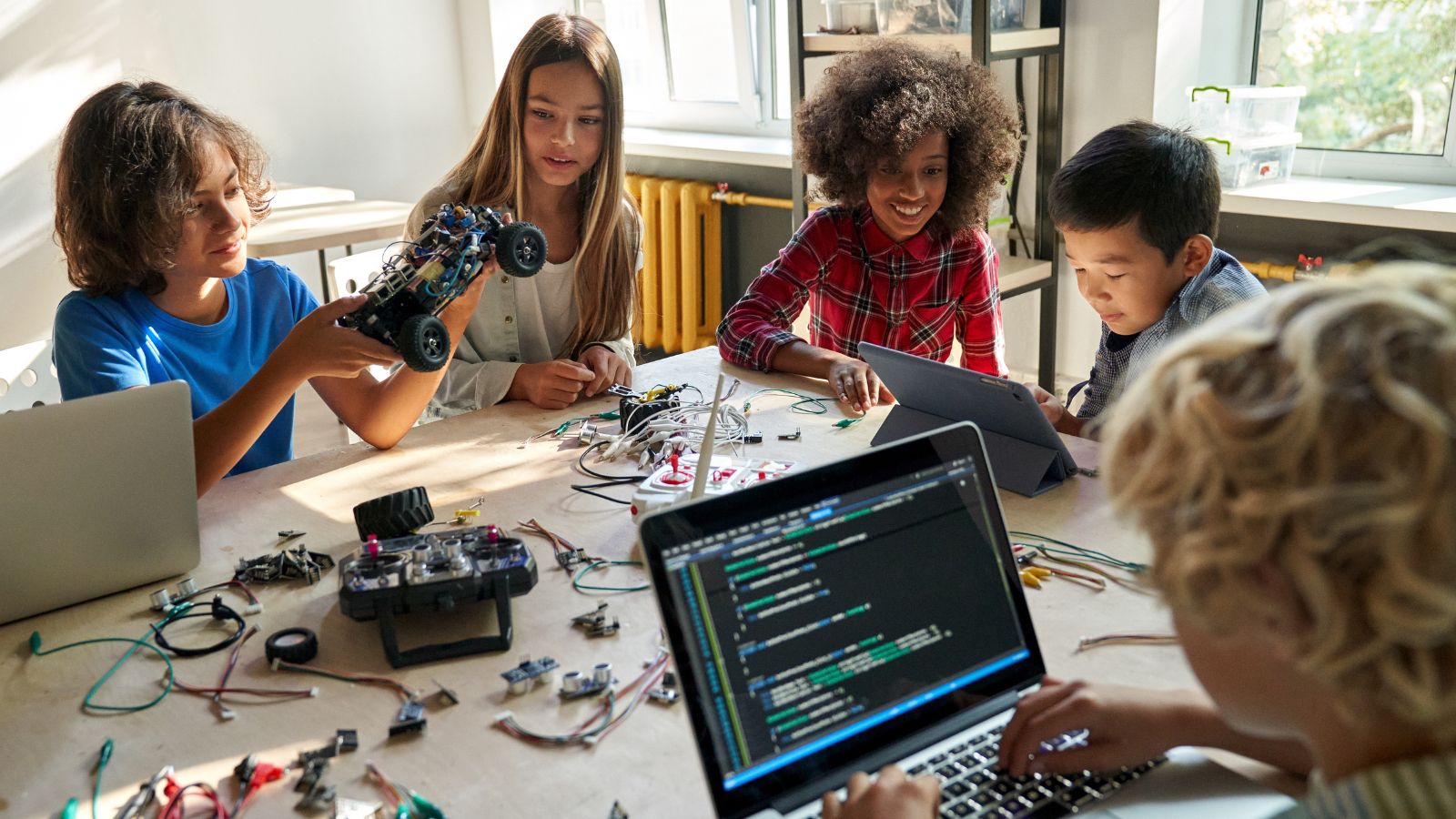
Many schools now teach coding and computational thinking as foundational skills. By introducing coding early on, educators help students develop logical thinking and problem-solving abilities, preparing them for future tech-driven careers.
Inclusive Education and Universal Design for Learning
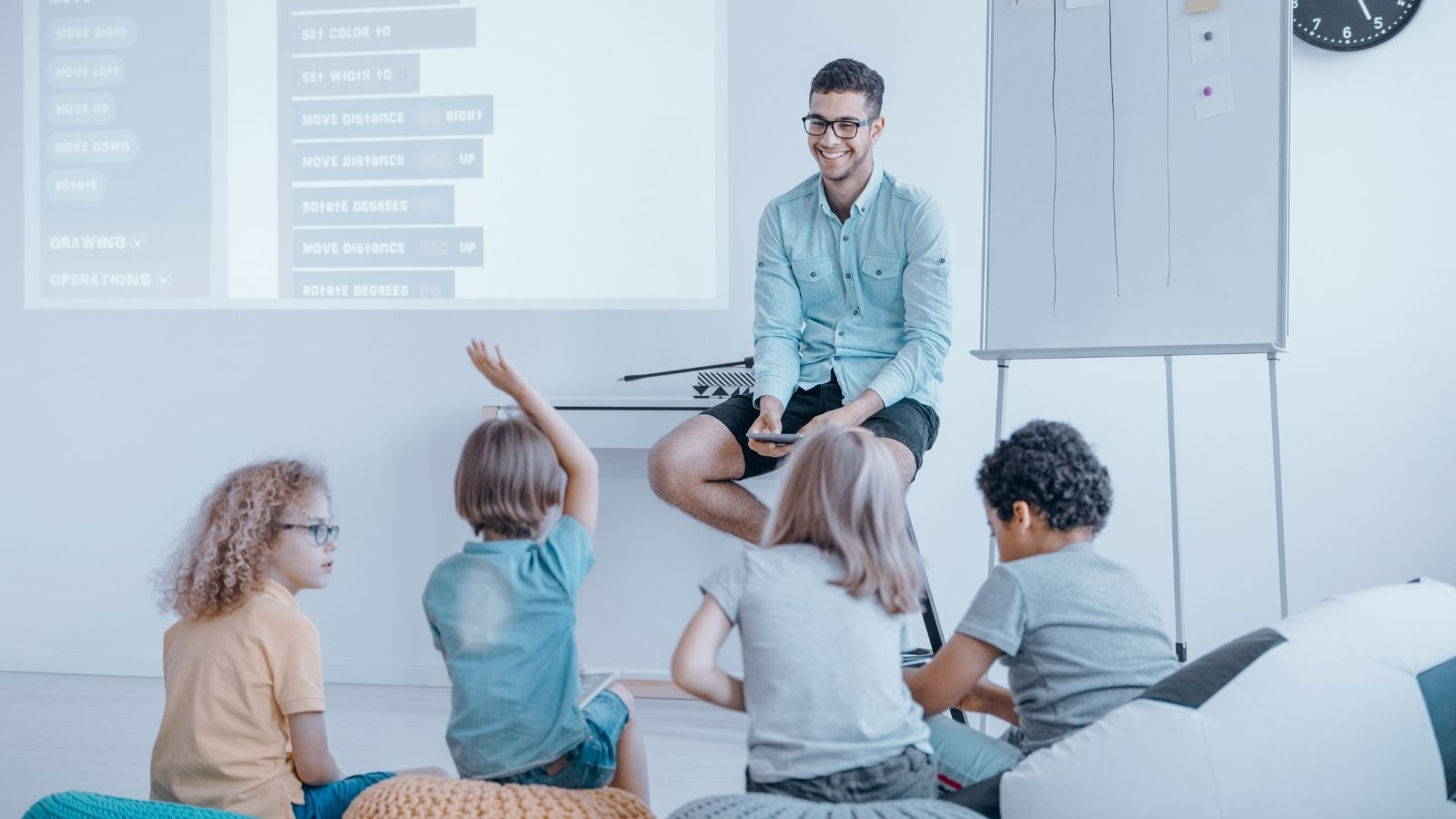
Inclusive education ensures that students of all abilities receive the support they need. The concepts of Universal Design for Learning (UDL) improve the learning experience for all students while also making classrooms more accessible to students with impairments.
Alternative Assessment Methods
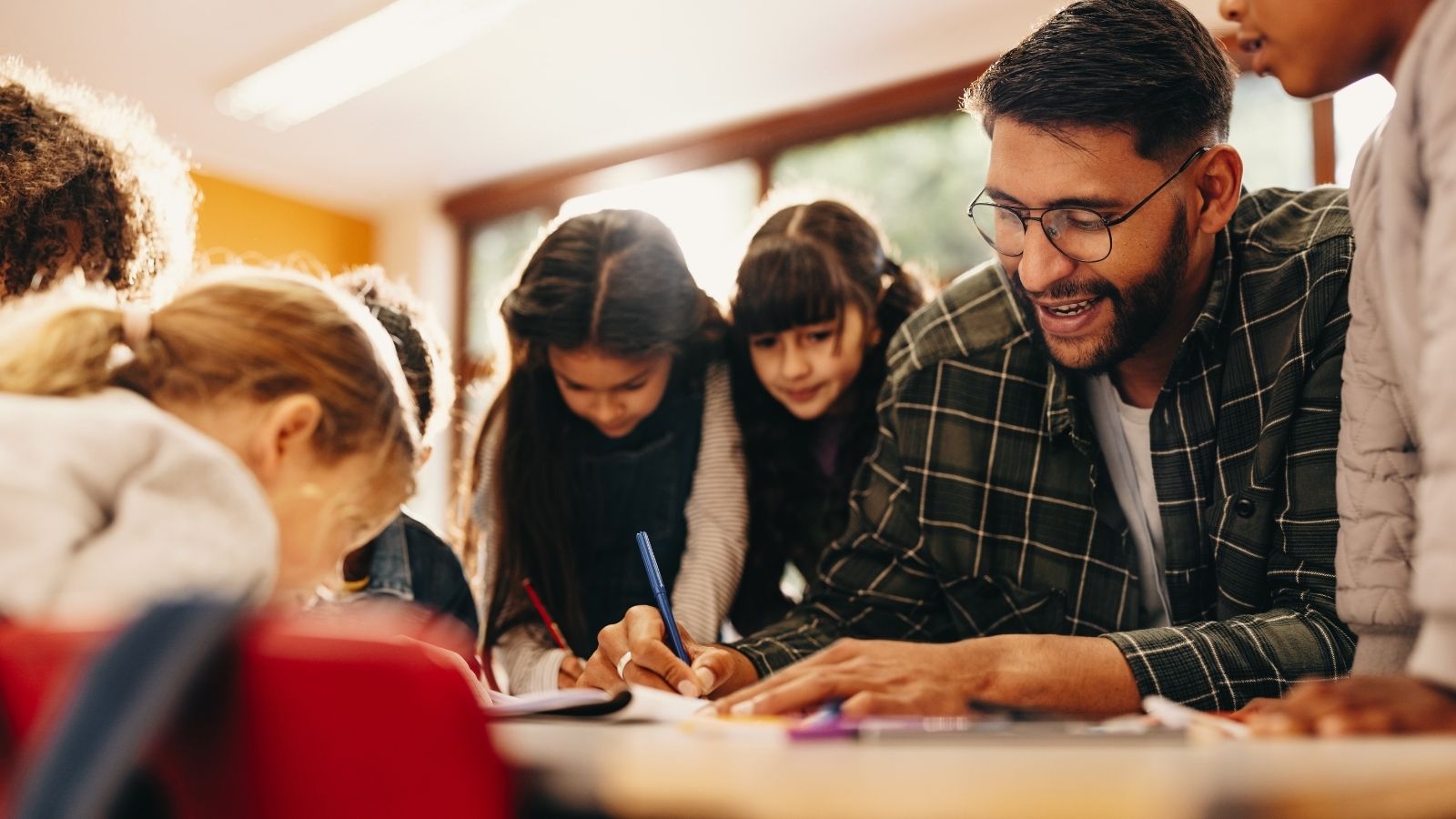
Standardized tests are gradually being supplemented by alternative assessments like portfolio reviews, presentations and project-based assessments. These methods allow a more comprehensive evaluation of a student’s skills, creativity and knowledge.
Financial Literacy Education

Financial literacy programs, once rare in schools, are becoming more common as parents and educators recognize the importance of equipping students with money management skills. Lessons on budgeting, saving, investing and understanding debt help students prepare for real-world financial responsibilities.
Career and Technical Education (CTE) Programs

CTE programs offer hands-on training in various industries such as healthcare, technology and the arts, offering an alternative way for people to develop skills. By equipping students with practical skills, these programs prepare them for in-demand careers and options other than heading straight to college.
Focus on Mental Health Support

An increased focus on mental health is helping schools provide resources for students to cope with stress, anxiety and other emotional challenges. Initiatives, such as mindfulness and counseling, foster emotional intelligence and allow students to flourish regardless of their mental health status.
18 Reasons Why People Are Leaving Florida in Masses

Exploring factors that impact the desirability of living in Florida, this list delves into various challenges shaping residents’ experiences. From environmental concerns like rising sea levels to economic factors such as fluctuating job markets, these issues collectively contribute to a nuanced understanding of the state’s appeal.
18 Reasons Why People Are Leaving Florida in Masses
